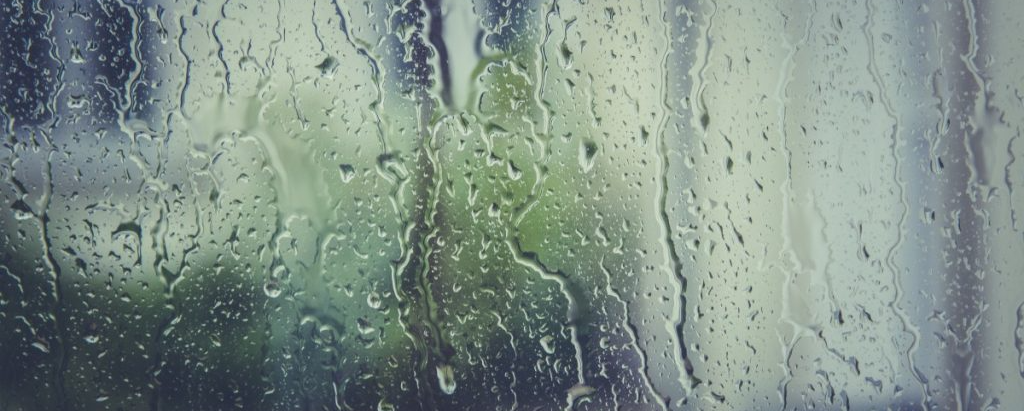Heavy Rain and Indoor Mold

Stopping Indoor Mold
Checklist for Keeping Rain Water Outside and Away from Your Home
To keep your South Carolina home dry and safe from indoor mold, inspect your home at least twice a year. If you notice anything suspicious in regards to any of the items below, investigate. If it's not a DIY job, call a professional. It's better to take care of things while the weather is nice than when a tropical storm is headed your way.
Roof: Look for missing shingles or other visible damage. Make sure vents are clear and free of debris. For a better inspection, take a peak in the attic, if you have one. Look for signs of water, and contact a roofer to fix small problems before they snowball into interior water damage and mold issues as well.
Gutters: Inspect to make sure gutters are free of leaves and other blockages. Clean gutters help transport rain away from your house, so take a trip up on the ladder a couple times a year, or contact your local gutter service pro.
Downspouts: Water should move away from your home and either run downhill or absorb into the ground. Make sure gutter downspouts or those from your appliances are working. If water is pooling and puddling near your home, use flex hose or PVC to help move it away from your foundation.
Entrances and Windows: Check seals and weatherstripping around doors and windows. Heavy rains and wind can find its way in through tiny cracks easily. You can usually quickly solve many of these issues with a caulk gun and a tube of sealant.
Foundation: If not raised with a crawl space, most homes in the Myrtle Beach area sit atop a slab foundation. Walk the perimeter of your house to look for large cracks or water puddling near your foundation. Repair and seal existing cracks, and work to grade your land so water flows away from the foundation. Those looking for a weekend project could try a French drain to move rain water away. For serious damage, get an expert diagnosis from a company specializing in foundation repair.
Siding and Exterior Finishing: Bowed or warped siding may trap water behind it. Even though plastic house wrap (Tyvek, etc) is used as a barrier, it's something to check out. Water trapped between the exterior siding and your walls can become a problem. You'll see wet spots on interior walls or trim pulling away from the floor/wall when it's bad, so nip it in the bud and fix siding problems early.
MasterTech Environmental of Myrtle Beach for Mold Removal and Water Damage Restoration
Remember, keep heavy rain out and away from your home by sealing all leaks and making sure spouts and drains work to direct water away from your home. Hopefully inspecting your home regularly can help you identify and fix small problems early enough so you won't have to deal with mold or water damage.
If you do find yourself with a mold or water damage problem, MasterTech Environmental of Myrtle Beach is here to help.



